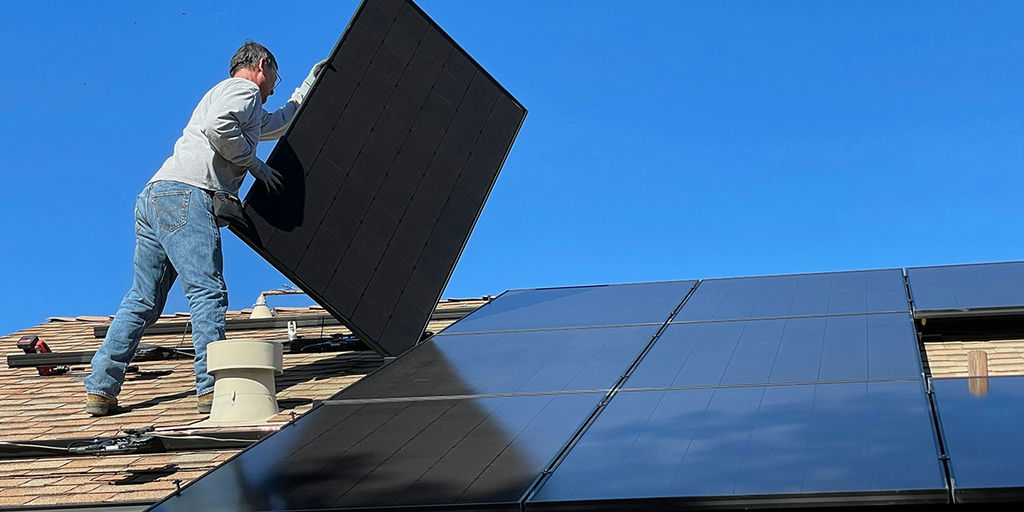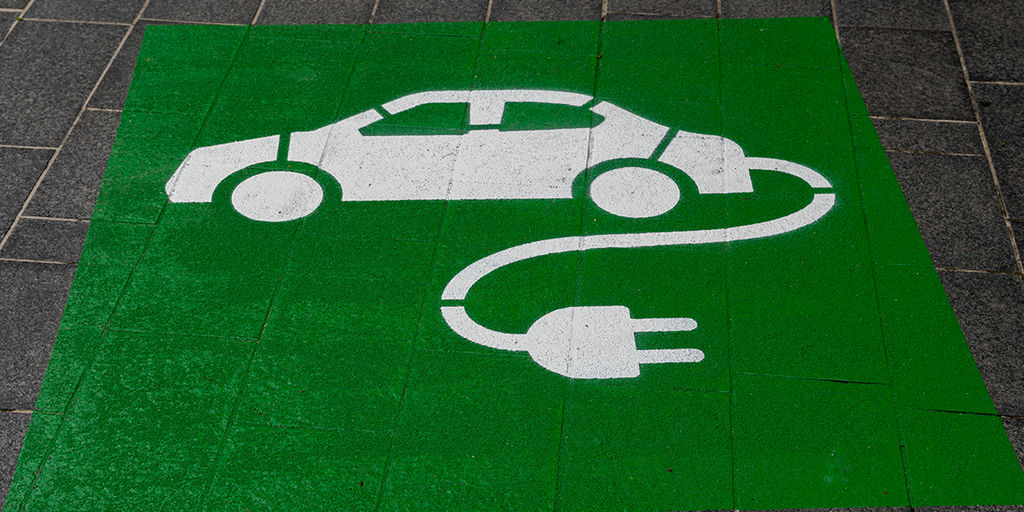What You Need to Know About Residential Energy Tax Credits

Image Source: Bill Mead/Unsplash
This is part of a series of articles providing guidance on how taxpayers in the United States can receive federal income tax credits under provisions of the Inflation Reduction Act of 2022 intended to promote clean energy. Our first article, on electric vehicle credits, can be found here.
If you are a homeowner who wants to add clean energy generation to your home, or to make your house more energy efficient, the U.S. government wants to help. In fact, under the Inflation Reduction Act (IRA) of 2022, it wants to help more than ever.
The law increased the tax credits available for installing a broad range of clean electricity products and energy-efficient home refurbishments, through at least the 2032 tax year. Depending on the amount of work done on a house, thousands of dollars worth of credits could be available. Homeowners can claim credits to offset select costs, as can renters in some cases. As with the electric vehicle program, the credits are nonrefundable, meaning you cannot receive more than the income tax owed for the year and credits cannot be passed on to future tax filings.
The mechanism to claim credits is Internal Revenue Service (IRS) Form 5695 for Residential Energy Credits, which would be filed with your Form 1040 income tax return. Under the IRA, the residential energy efficient property credit has been redesignated as the residential clean energy credit, while the nonbusiness energy property credit has been renamed the energy efficient home improvement credit. Standing houses and houses being built are covered under the first program, while the second program covers only existing structures, according to IRS instructions for Form 5695.
Residential Clean Energy Credit
This program provides tax credits equal to 30 percent of the cost for eligible preparation, assembly, or installation of the following home clean energy projects: solar panels, solar water heaters, fuel cells, wind turbines, geothermal heat pumps, and battery storage technology. That includes labor costs and expenses for pipes or wires to link one of those systems to a house. There is generally no dollar maximum for the credits, except $500 per half-kilowatt of capacity from a fuel cell property, which the IRS cites as “an integrated system comprised of a fuel cell stack assembly and associated balance of plant components that converts a fuel into electricity using electrochemical means.”
The credit match would drop to 26 percent in 2033 and 22 percent in 2034, the IRS said. It would end after that unless new laws are enacted, according to financial software firm Intuit.
The 30 percent credit level is equal to the tax credit that was available for the 2022 tax year for most clean energy installations, but the previous program did not cover battery storage at all, according to the Department of Energy. To be eligible for fuel-cell credits, a house is required to be in the United States and to be the taxpayer’s principal residence. The requirements for the other technologies are less strict – a home in the United States that serves simply as a residence for the taxpayer.
Energy Efficient Home Improvement Credit
The potential tax benefits have increased even more significantly under this program for a host of upgrades to your home, encompassing the purchase and installation of heat pumps, heat pump water heaters, biomass stoves, and other heating, cooling, and water heating technology; as well as expenses for energy-efficiency upgrades to doors, windows, and insulation. (The Department of Energy provides a full list here.)
On January 1, 2023, the program expanded from a $500 lifetime credit to providing tax credits for up to 30 percent of a project cost in three areas: installation of energy-efficiency improvements, residential energy expenditures, and home energy audits. There is a $1,200 annual credit limit for much of this work, as well as limits for specific projects. For example: installing energy-efficient heating or water heating equipment is each limited to $600 in credits per year, which would be half of the total cap (though still significantly better than the previous credit cap of $300 for heating equipment and $150 for water heating equipment).
There is a separate $2,000 credit maximum for the installation of heat pumps, heat pump water heaters, and biomass stoves (stoves that use wood pellets, plants, or other biomass fuel to generate heat). So, in any given year, a homeowner could receive as much as $3,200 in tax credits for energy-efficient home improvements.
There are additional qualifications for homeowners to receive credits under the program, including meeting efficiency requirements under the federal Energy Star program for exterior doors, windows, and skylights. This IRS fact sheet details those and other requirements.
The Internal Revenue Service also provides line-by-line instructions for filling out Form 5695 on this Web page. Your tax advisor or tax prep software will naturally be able to help with all of this as well.
In the next article, we’ll examine the Low-Income Communities Bonus Credit. In the meantime, Earth Hero has many energy-focused recommendations for reducing your climate pollution and saving money, including using LED lightbulbs, adding rooftop solar to your home, and installing a smart thermostat.

